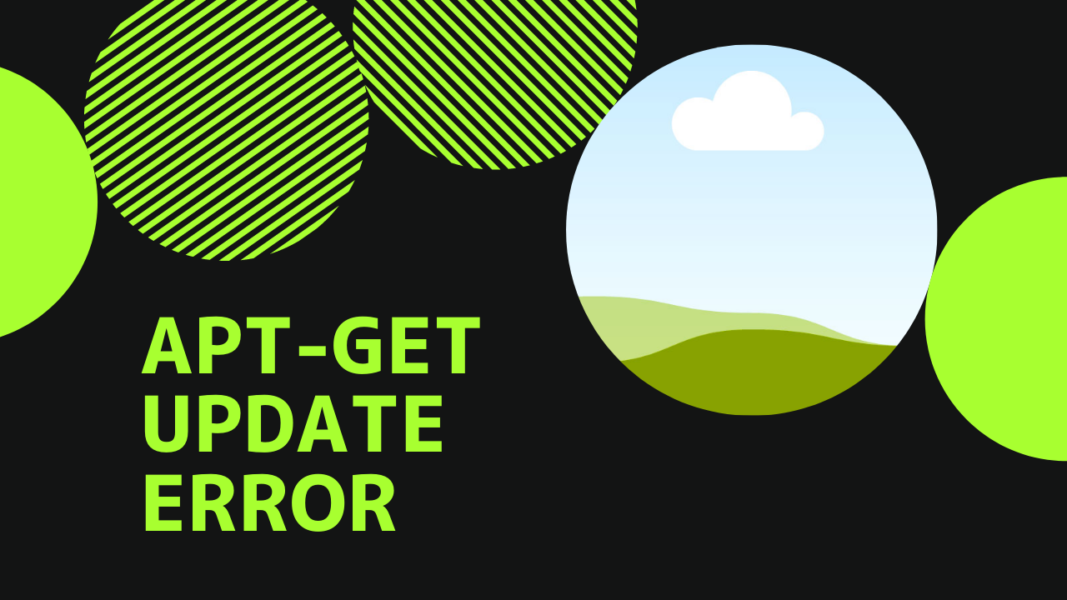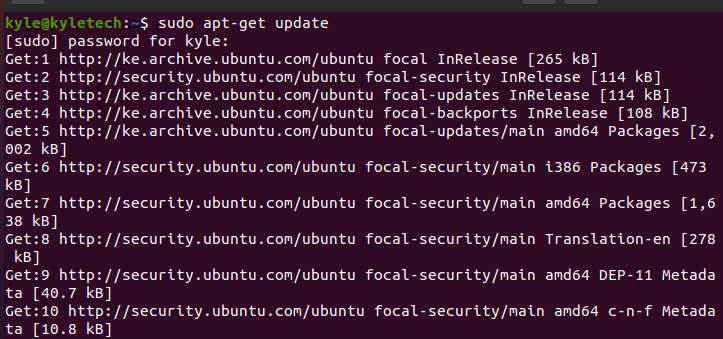



Displaying a user prompt on the GNOME login screen.Understanding and administering systemd.Performing administration tasks using sudo.Configuring networking with NetworkManager CLI (nmcli).Disabling the GNOME automatic screen locking.Setting a key shortcut to run an application in GNOME.Configuring Xorg as the default GNOME session.Configuring X Window System using the nf file.Installing Chromium or Google Chrome browsers.Installing plugins for playing movies and music.APT command equivalents on Fedora with DNF.Securing the system by keeping it up-to-date.Adding or removing software repositories in Fedora.Finding and installing Linux applications.Creating and using a live installation image.If the video signal is there, but you only see 3 or 4 images of raspberries, then the kernel is being loaded, but "root=." is wrong and you need to fix cmdline.txt. If there's no video signal and green/red LEDs are on, but don't flash, the kernel isn't found, so you still have a problem with /boot. edit /mnt/sd/cmdline.txt, you need to fix "root=." with something that works, e.g. copy all files from the image to the sd card: sudo cp -a /mnt/image/* /mnt/sd/ mount the image's boot partition with the offset that fdisk just told you: sudo mount -o loop,offset=$((8192*512)) *img /mnt/image check the contents of the image: fdisk -l *.img resize partitions with gparted (or whatever tool you prefer) I shrinked the ext4 root partition by 200MB at its beginning, so that I could enlarge the fat /boot partition by 200 MB Here's what one can do in situations like these: Later I figured out that /boot only contained 3 files after the failed upgrade, so I couldn't boot anymore. I also (soft) bricked mine when upgrading from stretch to buster, probably because /boot was only ~65MB.


 0 kommentar(er)
0 kommentar(er)
